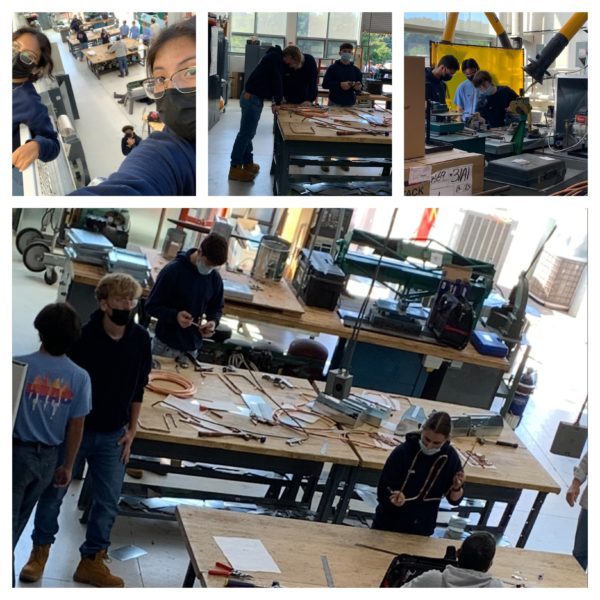Instructor
Dilernia, Dan
Department Head, Heating, Ventilation and Air Conditioning (HVAC)
Daniel.Dilernia@cttech.org
203-797-4460 x12458
Strempski, William
Instructor, Heating, Ventilation and Air Conditioning (HVAC)
William.Strempski@cttech.org
203-797-4460 X12458
Program Information
Students enrolled in the CTECS Heating, Ventilation, and Air Conditioning (HVAC) program will learn construction safety, measuring and blueprint reading, and calculations of ductwork and heating systems. Students are trained in the installation and repair of refrigeration, heating, and cooling mechanical systems in both residential homes and commercial buildings. In addition, students enrolled in the HVAC program will also obtain instruction in energy efficiency, renewable energy, and energy conservation practices.


